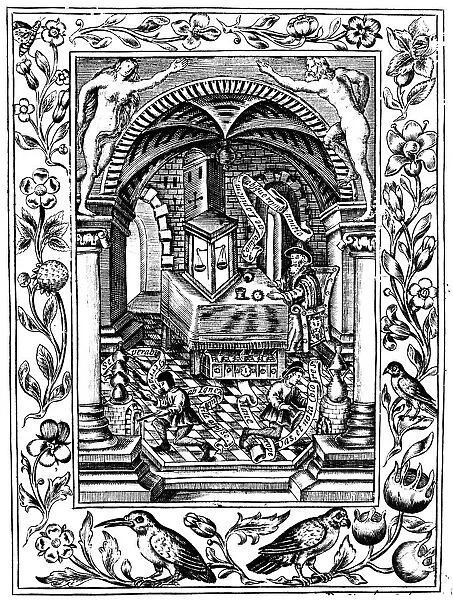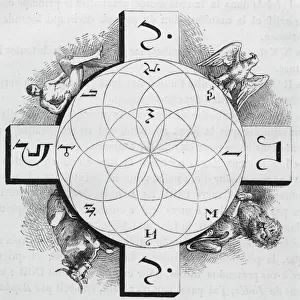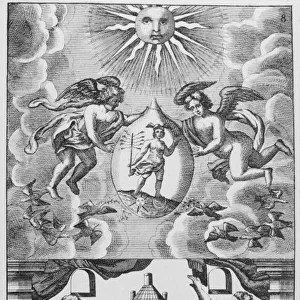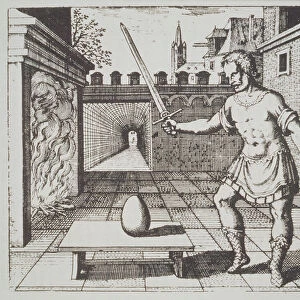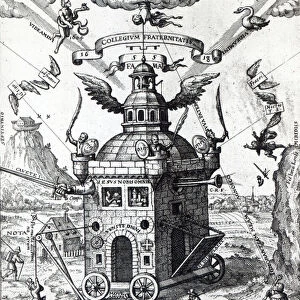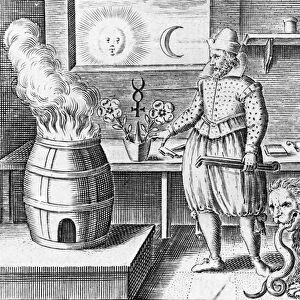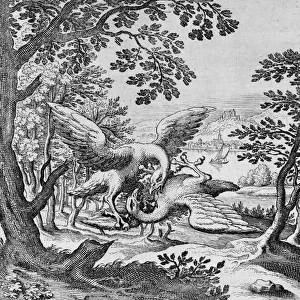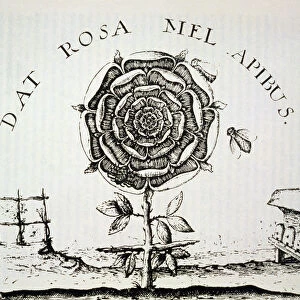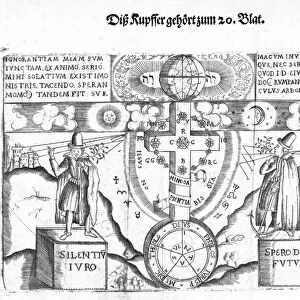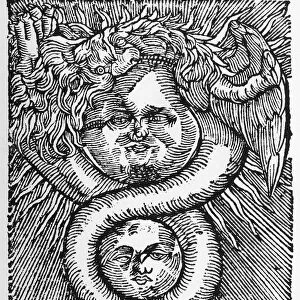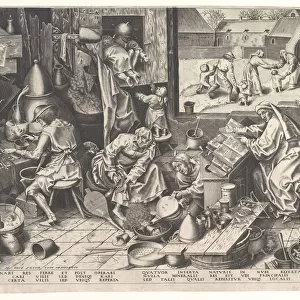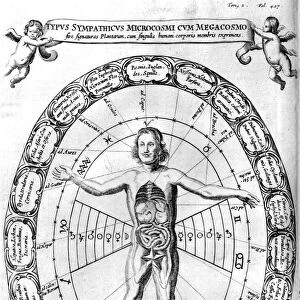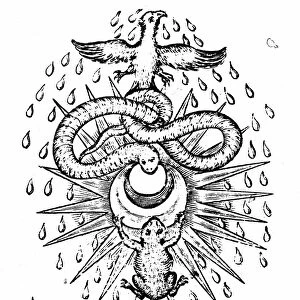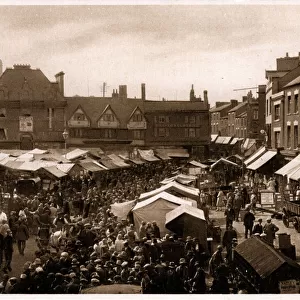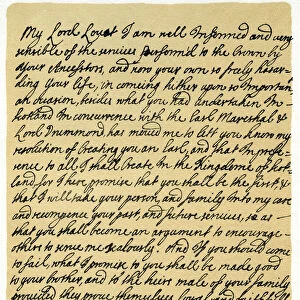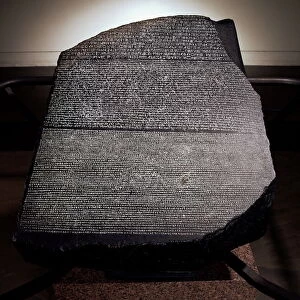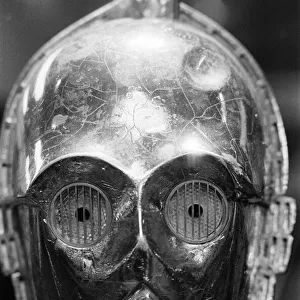Home > Europe > United Kingdom > England > London > Museums > Science Museum
Thomas Nortons laboratory, c1477 (1652)
![]()

Wall Art and Photo Gifts from Heritage Images
Thomas Nortons laboratory, c1477 (1652)
Thomas Nortons laboratory, c1477 (1652). Engraving after a manuscript in the British Museum, London, which is probably the earliest illustration of a balance in a glass case. From Theatrum Chemicum Britannicum by Elias Ashmole. (London, 1652)
Heritage Images features heritage image collections
Media ID 14864544
© Oxford Science Archive / Heritage-Images
Alchemist Alchemy Ashmole Balance Border Chemist Chemistry Elias Elias Ashmole Glass Case Laboratory Laboratory Equipment Norton Nymph Oxford Science Archive Scientific Instrument Scientist Weighing Device
FEATURES IN THESE COLLECTIONS
> Europe
> United Kingdom
> England
> London
> Museums
> British Museum
> Europe
> United Kingdom
> England
> London
> Museums
> Science Museum
> Europe
> United Kingdom
> England
> London
> Sights
> British Museum
> Europe
> United Kingdom
> England
> Oxford
EDITORS COMMENTS
This print takes us back in time to Thomas Norton's laboratory, a remarkable sight from the 15th century. The engraving, based on a manuscript found in the British Museum, offers a rare glimpse into the world of alchemy and scientific exploration during this period. The image showcases an intricately decorated interior filled with various scientific instruments and tools. In the center stands Thomas Norton himself, engrossed in his work as an alchemist. Surrounding him are beautiful plants and flowers, adding a touch of nature to this otherwise man-made environment. One notable element is the glass case containing a balance, which is believed to be one of the earliest illustrations of such equipment. This demonstrates Norton's dedication to precision and measurement in his experiments. The border of the print features decorative nymphs and other ornate details that reflect the artistic style prevalent during that era. It transports us to medieval England where science was intertwined with artistry. Elias Ashmole's inclusion as one of the creators highlights his contribution to documenting historical scientific endeavors through his renowned publication "Theatrum Chemicum Britannicum". Overall, this print serves as a testament to both human curiosity and ingenuity during centuries past. It reminds us how far we have come in our understanding of science while also appreciating those who paved the way for modern discoveries.
MADE IN THE USA
Safe Shipping with 30 Day Money Back Guarantee
FREE PERSONALISATION*
We are proud to offer a range of customisation features including Personalised Captions, Color Filters and Picture Zoom Tools
SECURE PAYMENTS
We happily accept a wide range of payment options so you can pay for the things you need in the way that is most convenient for you
* Options may vary by product and licensing agreement. Zoomed Pictures can be adjusted in the Cart.

